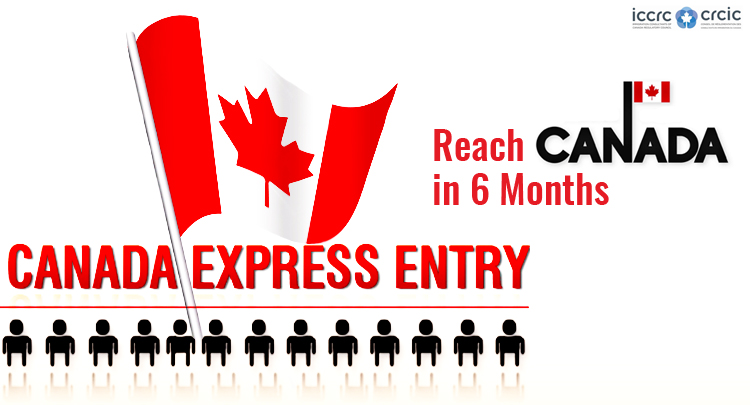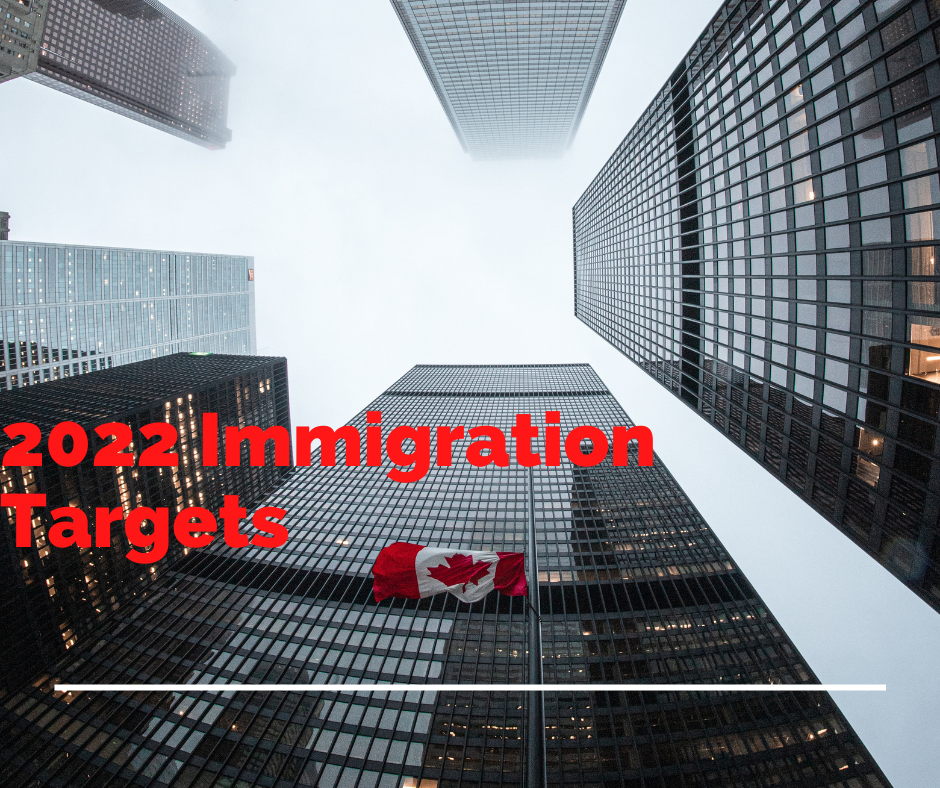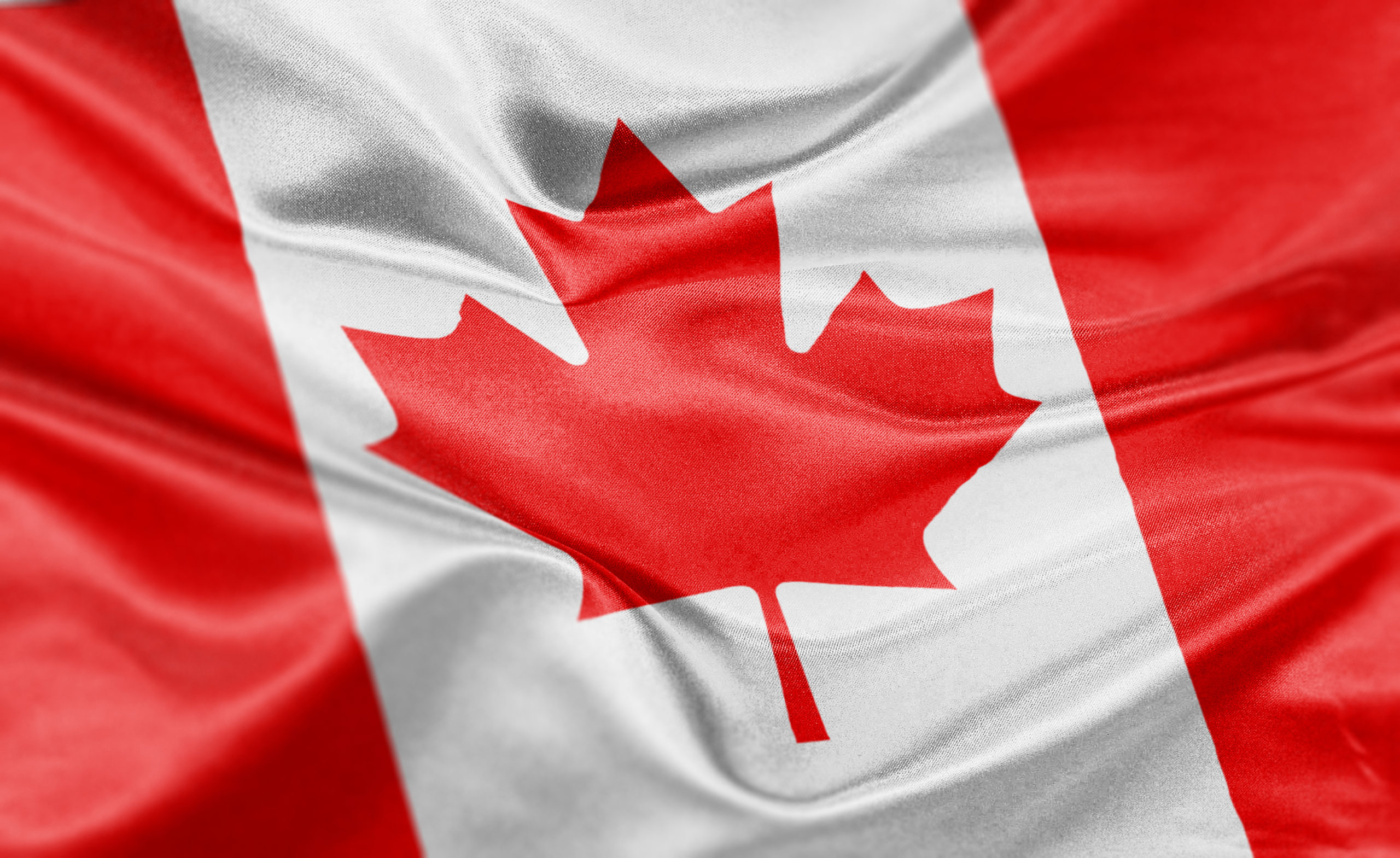
It is common knowledge that many newcomers to Canada like to settle in its larger cities, like Vancouver, Toronto, Calgary and Montreal. These urban metropolitans are home to many prosperous industries, and their diverse population is also a comfort for those hoping to find a community in their new homes. However, recent studies are showing that Canada’s smaller cities are quickly becoming a popular destination for immigrants as well.
Ryerson University has shown in a study that between 2013 and 2019, the number of foreign nationals settling in smaller cities went up by 45 percent. This is compared to 9 percent in the four major cities.
Toronto has one of Canada’s highest immigration rates, with 163 newcomers out of every 10,000 residents. Vancouver isn’t too far behind, with 128 per 10,000 residents. Mid-size urban areas, like Regina and Saskatoon, had higher immigration rates, at 193 and 178 per 10,000.
Smaller cities like Charlottetown, Moncton, Fredericton, Halifax, Wood Buffalo, Winkler, High River, Thompson, Brooks, Steinbach, Swift Current and Brandon all have high immigration rates as well. These high immigration rates were a direct result of aging populations and gaps in their labour markets that could not be filled by local talent.
Most of these smaller urban centres are reporting more deaths than births, resulting in a declining population. This makes these cities the perfect opportunity for foreign workers to immigrate to. Not only do they fill gaps in the labour market, but by bringing their families they also fill gaps in the population.
These cities make good options because housing availability and costs are often good. Since many of these cities have labour shortages, receiving a job offer is quite easy. It is possible to obtain permanent residency by getting a provincial nomination. The best way to earn a provincial nomination is by settling in one of its communities and gaining work experience. Despite COVID-19, smaller cities are still extending invitations to immigrants, but on a smaller scale than before the pandemic.











